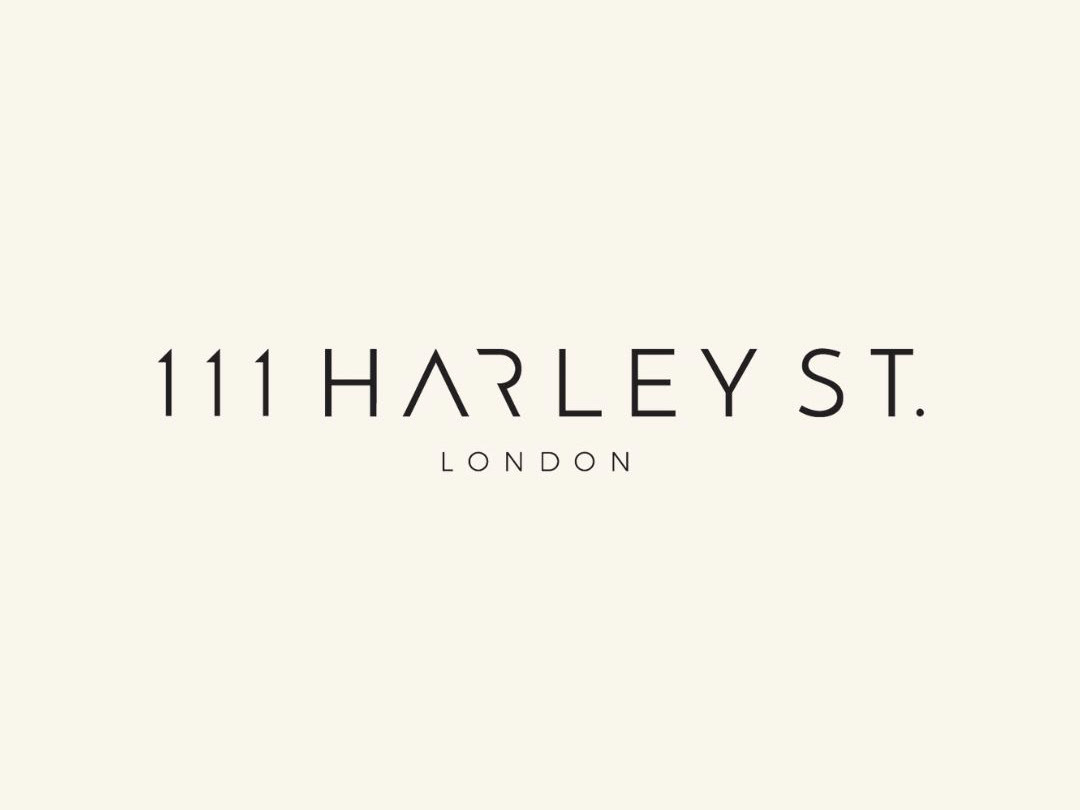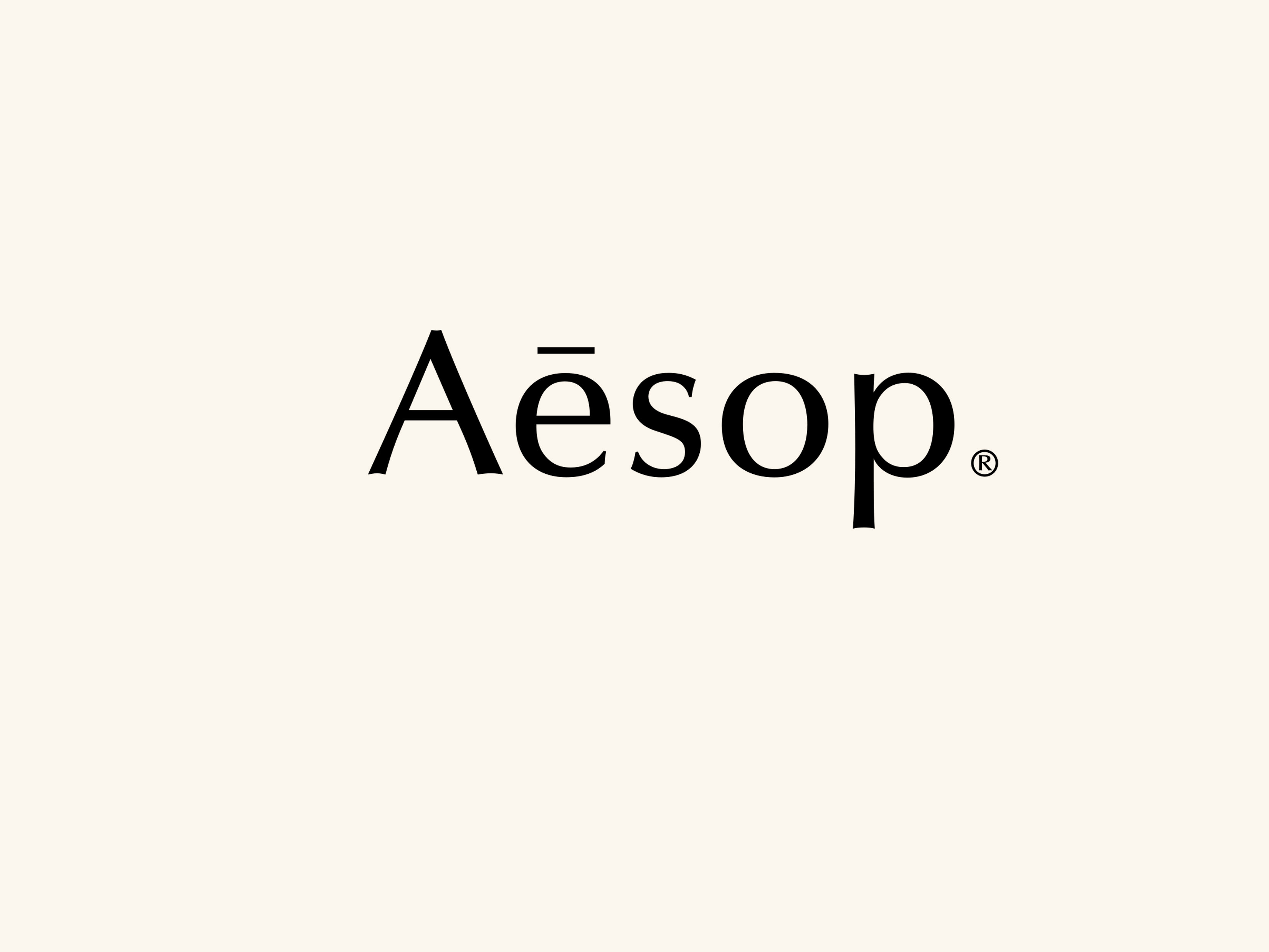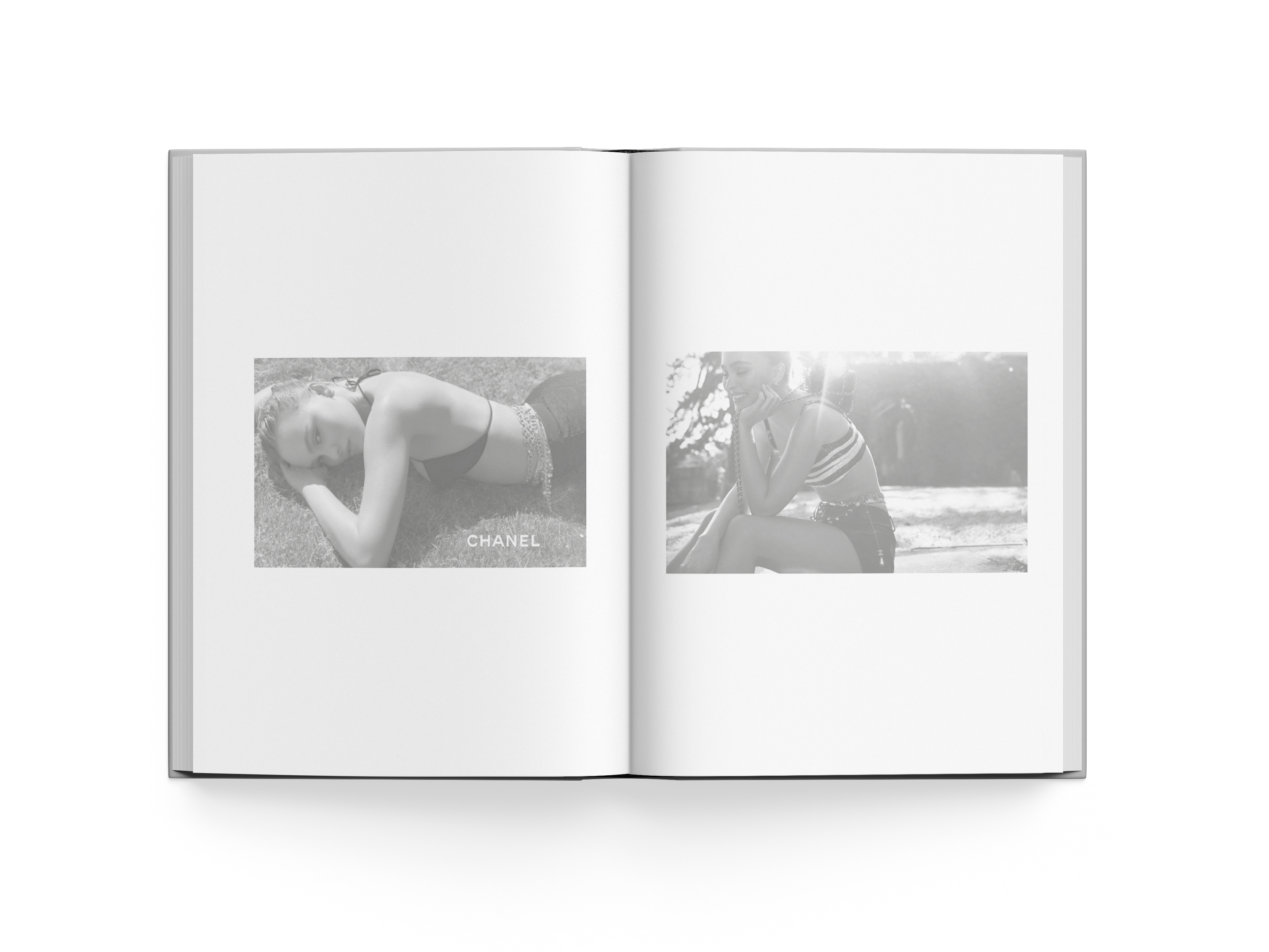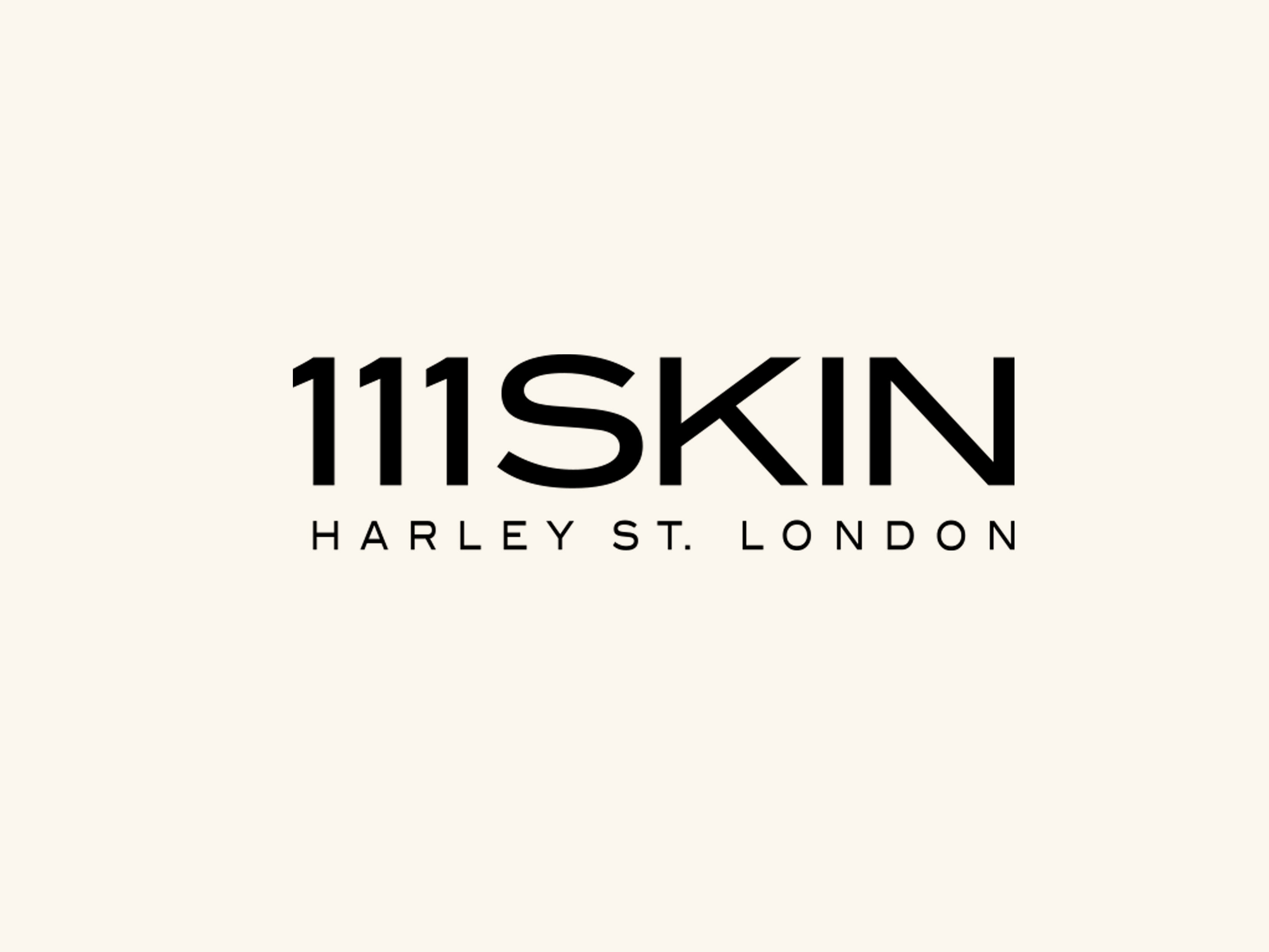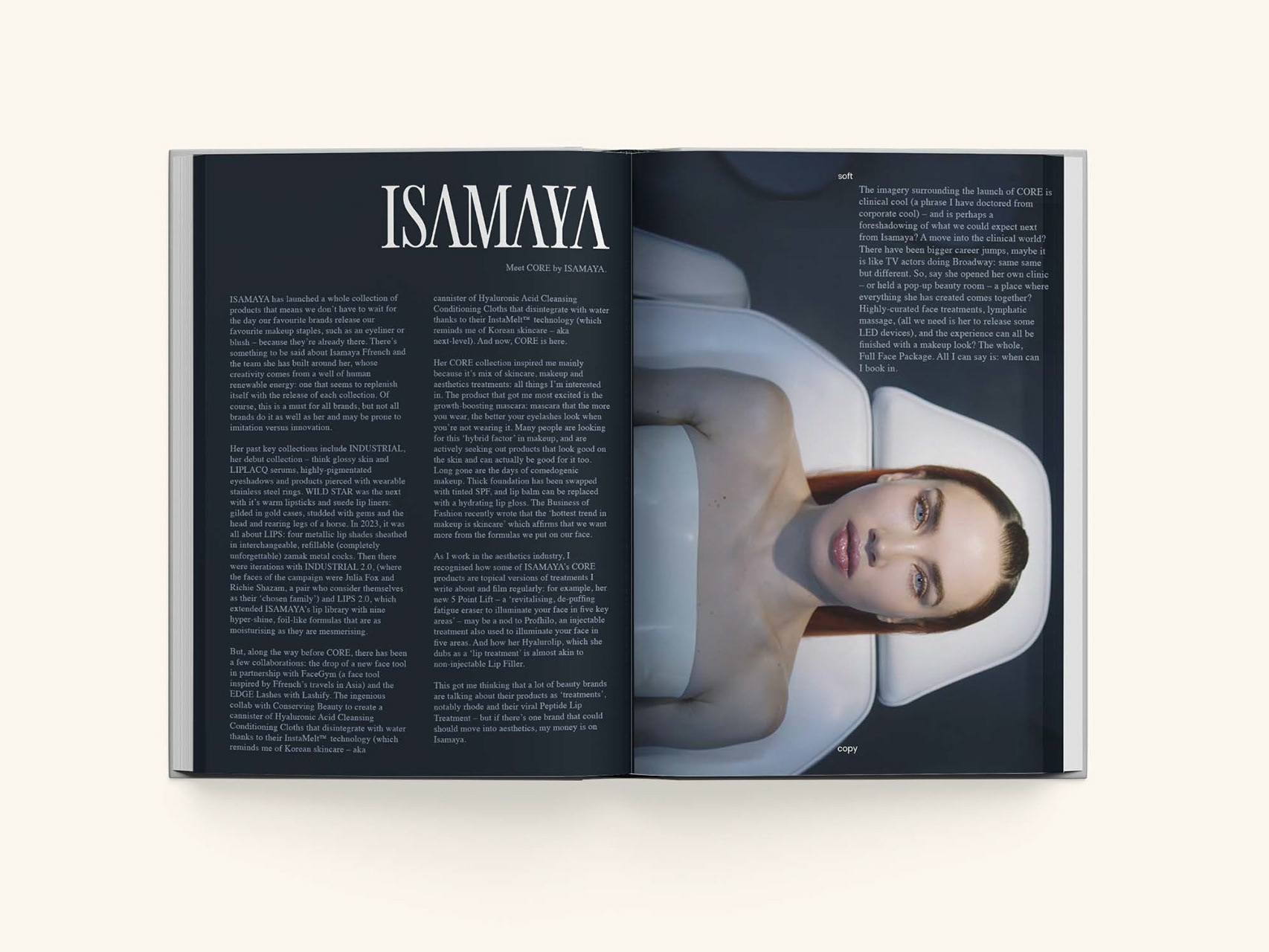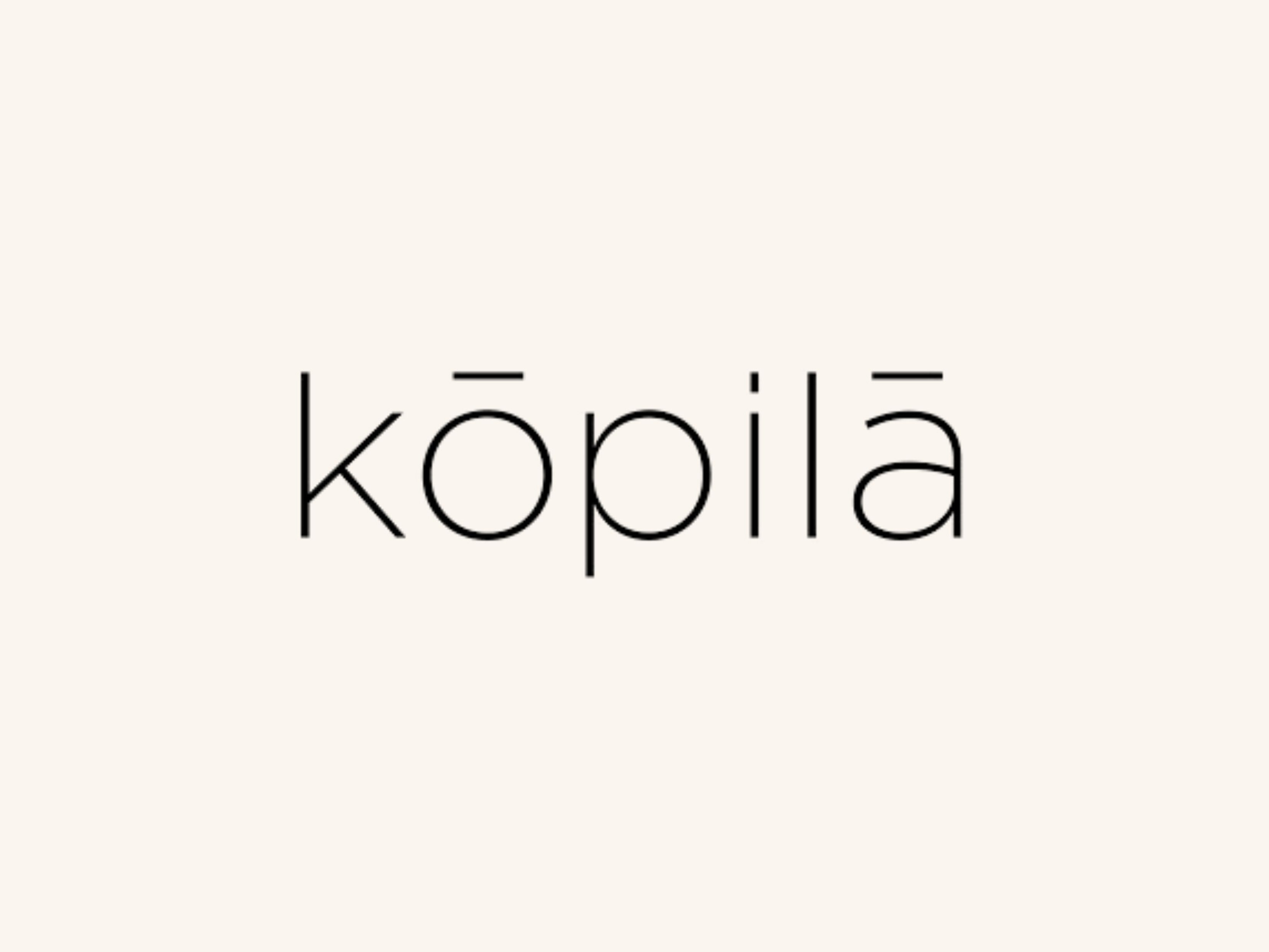
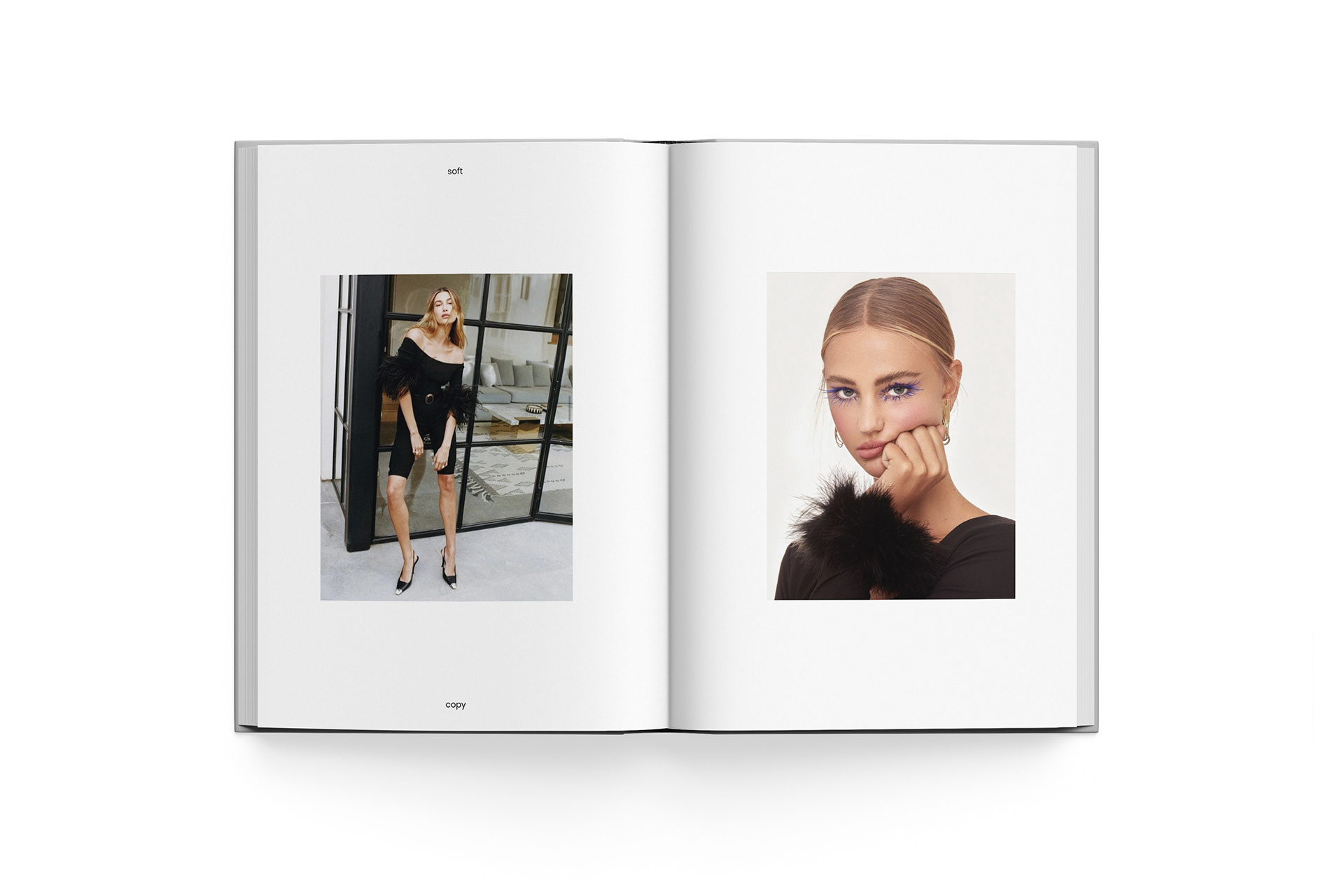
'Within fashion photography, the prevalence of feathers is growing. These images remind me of the feather boa, an item that has been knocked through the currents of popularity and vulgarity. Now it seems, the water has settled and feathers have made an elegant revival.
Different cultures have worn feathers for centuries and like many unusual materials and accessories, it is an expression of wealth or symbolised the status of the wearer. It is a kind of exhibitionism, one associated with the carnival and the costume. Yet, with these three photographs, there is a stylistic simplicity, they are tasteful.
In cultural studies, taste was once understood as belonging holistically to whole populations, where the standard of good taste would be the taste of the majority. It was only until Jean Bourdieu rejected this notion and in its place offered an alternative: the majority does not define the tastes of the peoples. He asserted that the ‘legitimate’ taste of the society was the taste of the ruling class, good taste (or the legitimate taste) was merely class taste. Good taste was essentially just the cultivation of the bourgeois or the elite. Now, times have changed. The opposite is true, if everyone likes something, it cannot be good.
Taste is no longer distinguished by social structures and less influenced by them. Taste is inherently individual. We can define and redefine ourselves with whatever we please, feathers and all.' Jan 2020
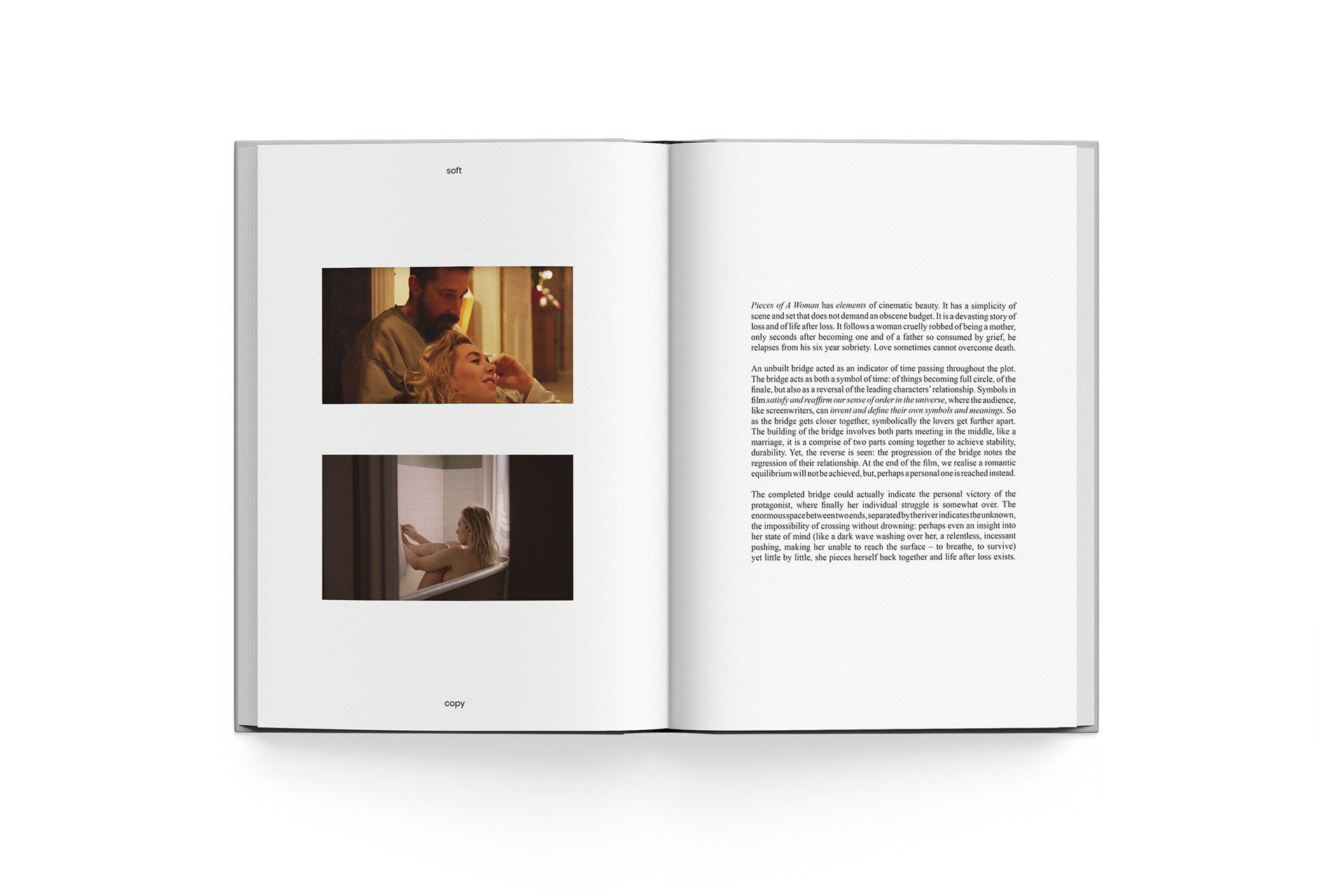
'Pieces of A Woman has elements of cinematic beauty. It has a simplicity of scene and set that does not demand an obscene budget. It is a devasting story of loss and of life after loss. It follows a woman cruelly robbed of being a mother, only seconds after becoming one and of a father so consumed by grief, he relapses from his six year sobriety. Love sometimes cannot overcome death.
An unbuilt bridge acted as an indicator of time passing throughout the plot. The bridge acts as both a symbol of time: of things becoming full circle, of the finale, but also as a reversal of the leading characters’ relationship. Symbols in film satisfy and reaffirm our sense of order in the universe, where the audience, like screenwriters, can invent and define their own symbols and meanings. So as the bridge gets closer together, symbolically the lovers get further apart. The building of the bridge involves both parts meeting in the middle, like a marriage, it is a comprise of two parts coming together to achieve stability, durability. Yet, the reverse is seen: the progression of the bridge notes the regression of their relationship. At the end of the film, we realise a romantic equilibrium will not be achieved, but, perhaps a personal one is reached instead.
The completed bridge could actually indicate the personal victory of the protagonist, where finally her individual struggle is somewhat over. The enormous space between two ends, separated by the river indicates the unknown, the impossibility of crossing without drowning: perhaps even an insight into her state of mind (like a dark wave washing over her, a relentless, incessant pushing, making her unable to reach the surface – to breathe, to survive) yet little by little, she pieces herself back together and life after loss exists.' Jan 2021
'Kim Jones’ Fendi show, his debut, had to be monumental, a phenomenon and nothing less than a Betelgeuse. As Fendi’s new Artistic Director of womenswear, the show acts as a rite of passage. As Jones enters the Fendi house, with all its many doors and corridors to go down, it is tempting to simply enter one which is left ajar, to fall into familiar territory – rather than lingering on the liminary veranda… This collection, however, does not exhibit any inhibitions. Jones does not hesitate bursting through the Fendi door and breaking the brass knocker along with it. The show is bold.
Kim described his first collection as feeling almost autobiographical in a sense. It is inspired, and found, through reminiscing: it is an internal exhibition of his childhood and love for Virginia Woolf. Due to the lockdown, he asserted it was hard to undergo research through international means and instead took inspiration from within rather than from around.
This collection is a merge between Britain and Italy, where there are visual connotations of the British garden, of traditional romance stories and chaperones found in the classic literature Jones loves. Yet, it boasts luxury and refinement, qualities that Italian couture and the Fendi name breathe. Some of the looks have a mystic quality, which is what originally drew me to them. The translucent fabrics, wet hair, long statement earrings and halter neck lines stir images of mythical creatures where the models resemble enchanting mermaids in pearly, metallic tones and sweeping capes instead of tails.
This collection, as a rite of passage, is the sign of a new beginning where Kim Jones marks his arrival into the Fendi family. Welcome.' February 2021


'Elevated basics are a favourite of Grece Ghanem, who believes, as she gets older she doesn’t have to disappear. This idea of disappearance, shows the preconception of women’s beauty, that beauty is temporary; it is disposable – it has an expiry date.
Women’s existence is inherently constrained by time and if we are not already aware of our own biological clock, we will definitely be reminded of it. Men as they age, on the other hand, transform into silver foxes. Women – turn into spinsters or cougars. It is bizarre. The perpetual struggle of equality between men and women is an example of the archaic, patriarchal ideologies that are still ingrained within our modern society and the permanent pressure women face. Grece Ghanem acts as an agent of change where ripples can be made into waves within the societal pool. We must all join suit and swim against the current.
She asserts that when you get older, instead of disappearing, acknowledge yourself and everyone will see you. This ‘fight against invisibility’ and ageism has been researched in many academic journals, where Bytheway, Calasanti and Slevin, have noted that youth is equated with sexual desirability, health and femininity. While oldness is associated with asexuality, poor health, social invisibility and a loss of physical attractiveness and social currency. Paradoxically, playwright George Shaw also famously declared that youth is wasted on the young, so what are we to do? Either way we cannot get it right.
So with Grece Ghanem in mind, let us all be seen, even as the ageing, bold, flawed beings we are. I for one, look forward to the future.
Ad memorial - to better things.' Feb 2021
'With the release date for Emily Ratajkowski’s new book announced it is definitely on my reading list. My Body is a collection of essays on what it means to be a woman, on commodification, feminism, sexuality and power. It explores men's treatment of women and women's rationalisations for accepting that treatment. After reading Emily’s essay for Vogue, which was hailed as a ‘landmark’ and the 'most-read piece of the year', I am sure her book will follow a similar suite. An intriguing, intelligent and personal portrayal of what it means to be not only a woman, but her.
Emily is a celebrity. She is a model, CEO, actor, mother, feminist, designer, advocate, the list goes on… She has many strings to her bow. She is a person of exceptional taste, her home is curated with colourful art, adorned by textiles, ceramics, flowers and low-styled furnishes to accentuate the space. She is an avid reader, often sharing her favourite books with her followers. Her co-founded fashion brand, INAMORATA, is inspired by the Southern California town she grew up in and is a collection of distinctive and instantly recognisable pieces that encourage body confidence. Her designs, from wrap around tied bikinis, mesh two pieces and abstract, elegant shirts and silky trousers, has paved a new standard for beach wear.
My Body is Emily Ratajkowski’s first book, and hopefully, the first of many. A review is soon to follow.' March 2021
'Travis Scott, Kim Jones and Christian Dior collaborated to create a collection inspired by Travis Scott and his record label, Cactus Jack. Scott creative directed the whole composition, collection and mise-en-scène, where the show itself is a ‘tribute to the landscapes and mythology of the American Southwest’ and an ode to his hometown Houston, Texas.
The show begins in the desert. The runaway is dark, but above, an orange cloudy sky is projected across the whole length of the runaway and moves with the same uncanny realism of the one above our own heads – with clouds that swell, brighten and dim as the sun passes behind them. The stage then lights up in a sunrise of purples, blues and white, where this transition not only acts as the opening of something memorable, but maybe as a promise that even the most dark nights have the brightest beginnings. Now, we can see clearer the pastel sand, cacti, large roses and mushrooms – that catch the light with a ceramic shine – and burnt orange rocks that are pebbled across the stage. At the end of the runaway, a rose entwined golden gate stands and is adorned with a shield engraved with CJ. At the bottom, a giant skull of a buffalo sits hollowly.
The collection is a triumph, inspired by new wave hip-hop and includes a sweep of perfectly matched looks that flow through a pastel colour wheel, not too dissimilar from the sunset colours above that lights the menswear worn. From all black flared fits, with subtle gold chains, we move onto cream, which includes graphic knits, indulgent pearl necklaces and bold graphic tops that feature throughout the show.
The wheel then changes to pastel purples, satin shades and formal, fun pinks with coordaining long overcoats, blazers and flared suit trousers. It moves again, this time to neon green that somehow blends effortlessly into brown, then to grey – which includes suede knitted snakeskin prints to embody the All-American south we are transported to. We then move into looks that have subtle hues of pastel blue, but are prominently silver – perhaps with hits of sesame yellow undertones – but still, the familiar pops of pearl and graphic knits, with the inclusion of sliders and socks and, as always, lots of golden drip.
The Cactus Jack 2022 show marks the pivotal moment where two pillars of modern culture, popular music and fashion, meet for the first time, and as Hamish Bowles asserts in the newest Vogue USA Jun/Jul 21 edition, ‘the sheer sensory wonder of a great fashion show’ tears at the viscera. However, for me, this show makes my mind stir rather than my stomach fall and I find myself looking back on the books that have had the most impact on me.
The show reminded me of Las Vegas, and more specifically of Donna Tartt’s The Goldfinch. It reminded me of a moment in the book, where the protagonist, Theo Decker, has drunk himself into hot oblivion in his new home, a quiet desert town that sits within the mirage of Las Vegas itself. Joan Didion described Las Vegas as a place amazingly and bizarrely devoted to immediate gratification, she goes on to say that it is a place of blatant ‘venality’ (perhaps even borderline corruption), which makes me question whether it just as obviously bestows this same inclination – a certain thoughtlessness, or impulsiveness – on those who visit the shining mecca of Caesars Palace (they don’t call it Sin City for nothing). Didion asserts that there’s no sense of time in Las Vegas, which makes me picture the people of Las Vegas floating through the constantly darkened hallways of casinos, strip clubs, seedy bars, chapels deliriously, their eyes bright with the reflection of slot machines and dollar signs. However, if you want to find me, I’ll be floating through the Dior desert instead.' August 2021
'There is craft in everything, but in fashion specifically, craft denotes a high degree of ‘hands-on’-ness in production where uniqueness, imperfection and quality over quantity is valued higher than the uniform, tried and tested ways of mass-producing clothes. It is this inherently human, and honest process that ensures exclusivity is always the order of the day.
Creating things, the tactile concentration of thread and finger, a knitting needle or crochet hook, is the nostalgic reminder of school and childhood. I once read a love for these things always stems from a memory. The love of fashion, makeup and jewellery often starts with mothers, and the recollection of watching your own mother doing their makeup, or first going through their jewellery box and putting each shiny thing on (until even the magpies are overwhelmed), alongside a pair of far-too-big heels and pulling out your mother’s biggest, furriest coat from the wardrobe. When it comes to knitting or crochet, I’ve never had much of a knack for it – aside from an awkward length, uncompleted ‘scarf for Christmas’ – but my Dad’s mother always adorned her house with intricate designs that sat on every table edge, under every mug and sofa headboard. It was only until recently that I saw the au courant designs of Isa Boulder and Nesni Dojaka that made me rethink the traditional notions of what can be achieved through craft and how it is exactly this means that makes both labels stand out.
Isa Bouler is a Bail-based brand founded by duo Cecilia Basari and Yuli Suri. Their woman-only team is dedicated to the beautiful and imperfect nature of the hand-made process while championing local production and artisans. Their sustainable nature excludes optimism, where the piece that really caught my eye was their blue crochet mini dress. This dress has open weaved sections for a semi-sheer finish that has been described by The Wall Street Journal as having a subconscious ‘sexy naivety’, perhaps due to its craft heritage. Whilst Isa Boulder originally gained press through their range of ruched satin swimwear, it is their two pieces, tops and dresses that excites. Cecilia and Yuli are ‘constantly reminded and surprised by how clothing can have such an impact on people’ and I look forward to their coming-soon collection (their website only shows swimwear at the moment) that influences, and embraces, individuality and personal style.
Nensi Dojaka is the other au courant label that needs to be mentioned, especially since the Albanian designer that started her label in 2017, is one of three winners of this year’s LVHM Award. The judges, including Kim Jones and Maria Chiur, decided that given the extenuating global circumstances, the resilience and creativity of Nensi Dojaka and the other winners, was the only thing that wasn’t affected by Covid. Nensi has created many beautiful pieces, ones that show she is the taste maker with her label indefinitely on the pulse of avante-garde fashion. Her handmade sheer pieces with asymmetric lines and thin straps are worn by anyone who is anyone, where celebs like Emily Ratajowsi, Bella Hadid, Dua Lipa, Kaia Gerber and Adwoa Aboah have all endorsed Nensi’s instantly recognisable, deconstructed looks. Nensi describes her pieces as encapsulating the essence of female nature, where she explores themes of strength and vulnerability and has found a sophisticated way of exposing and covering the body. Her collection celebrates the female form where it is her love for female bodies, of its contours seen in collarbones and the defined arcs of backs, is why she does what she does – and is so good at it.
If there is one thing craft epitomises, it is purposefulness. Each stitch sewn is a sign of devotion to the design, a sign of skill and practice – it would only be right that such items are worn with conviction. These items may first look erratic, imperfect, or random, but the best thing is knowing that the opposite is the case. Everything made under both Nensi Dojaka and Isa Boulder is thoughtful – from beginning to end – and rather than perfecting production, this awareness of responsibility is the perfect production.' Sept 2021
Nensi Dojaka’s Spring 22 collection is her first solo show that contains 31 semi-sheer and delicate looks. From petal-like bras, valentine-esque bodysuits and elevated hosiery, her runaway debut is a romantic rosy, gold and black show. And as an ode to her runaway debut, below are my favourite looks.
Catarina Guedes photographed by Daniele Oberrauch
Daniela Kocianova photographed by Daniele Oberrauch
Nora Attal photographed by Daniele Oberrauch
Lindsey Wixson photographed by Daniele Oberrauch
Prada pays homage to the notion of craft with their SS21 collection of beach-y crochet bags.
One name stitched onto a bag transforms a piece. Prada creates new associations with crochet – changing what was once a humble, inclusive activity now becomes synonymous with elegance and exclusivity. The power of a name.
'Coordinating clothes were once only seen in the bedroom. Yes, as pyjamas. But now, co ords – the short form of coordinating – are worn in every room of the house, on the streets and the catwalk. They have been adopted by the high-street and high fashion couture where Chanel’s most recent Cruise collection (2021/22) is a collection of monochrome pieces including many forms of two sets – from matching shirts, skirts and sleeveless blazers ensembles – to their classic, more iconic looks, such as their boucle suits. In the photos above, Lily-Rose Depp, Chanel’s youngest ambassador, wore one of their haute couture designs to this year’s Met Gala, possibly one of the biggest nights of the year in the fashion calendar. She wore a pink sequin bandeau and matching midi skirt with floral anemone detailing and a tailing vinyl belt – perhaps a nod to Lily’s French roots as the wild flower is known as the French anémone.
The other pictures are of Lila Moss for Hong Kong’s Vogue (which is a phenomenal shoot overseen by Patti Wilson and photographed by Felix Cooper), and she is wearing a bodysuit and mini skirt from French brand Courrèges which I’m a little obsessed with (and is a brand known for their invention of the mini skirt apparently). Then we have Gigi Hadid looking cherubic in a furry Burberry coat from their AW21 range, which although is not albeit a two piece, the material matches the mood of Nong Rak’s bespoke knitwear which I recently discovered. Nong Rak means ‘young love’ and is a Thai/American studio that specialises in wearable fibre art design and sustainable knitwear. The two photographs above feature pieces made of ‘super hairy vintage Italian mohair’ that is hand crocheted from hand-spun dyed yarn. The culture of Nong Rak is to create artisan pieces that have heirloom quality – of things that can be passed down and shared, and cherished, for years to come. As sustainability becomes forefront in the production of the loved things in our world – sourcing unique textiles that have character and history, that are second hand, good for the planet, is no longer considered a bohemian, ‘tree-hugger’ notion, but rather, revolutionary – like all things bohemian usually end up being. So, let the wheels turn. Vive la révolution.' November 2021
'To celebrate (almost) a full year of soft copy, I thought I’d round the end of the first issue with an entry to outline a few of my favourite trends of the past year.
The first obsession-worthy trend is the soft baby braids, noticeably worn by Hailey Bieber and many other A-listers – like Margot Robbie (styled by Bryce Scarlett for the premiere of Once Upon A Time In Hollywood,) FKA Twigs and Dua Lipa. Hailey, especially, has sported the look many times. The first time she debuted the braids on Instagram, it blew up and although she wasn’t the first to wear them (Alexa Chung was first seen in 2019 with the cute, face-framing braids), she has aescetically usurped the look as her own – which by all means, I’m certainly down for. The style was created by Amanda Lee during lockdown to achieve the perfect low-key, soft glam look. And with these braids, less is one hundred percent more.
Their most recent return was for her editorial campaign for her husband’s clothing line, Drew House, where she was, once again, wearing her hair in baby braids and dressed head-to-toe in the brand’s newest collection. Accompanying the braids, she wore a brushed acrylic-blend cotton jumper – with a bold squiggle print that offers both a weighty, ‘hug-like’ feel that is synonymous with good quality knitwear – and contrasting baggy, leopard print trousers. The image is composed using a fish-eye lens, captured by Amber Asaly (pictured on the left) – who is the celebrity go-to photographer given her unique professional – and personal – style (meaning her shots reflect her own tastefully saturated colour palette). Amber photographs Hailey in a fish-eye lens that embodies 90s skate culture that Drew House represents (Justin Bieber’s first promotion of Drew House was subtlety taken in 2019 with him and Olympic skateboarder Nyah Houston, where both are posing with their skateboards and Justin sports a blue hoody with the brand’s famous smiley logo). In Hailey’s photograph, however, the baby braids only add to the allure of that whole skater girl, retro vibe and I’m here for it.
Another trend is blush. Definitely blush. And always applied across the nose and cheeks for that E-girl, sun kissed/borderline sunburnt look. My favourite blush at the minute is from Milk – which brings me onto another one of my favourite things this year.
Milk (no, not that kind). Milk, as in the collective. Milk, as in the ecosystem of seven creative life forces including an agency, studio space, production services and a cosmetic line. Their makeup brand is born from Milk Studios, a creative hub in downtown New York, and despite their name, their products are 100% vegan, cruelty-free, and paraben-free. They are a brand driven by their commitments: to represent those who identify as BIPOC, to educate their staff on social justice and equip them to implicate change in the workplace and beyond. Their other commitments are to uplift LGBTQIA+ communities by donating generously, and to always be accountable. This transparent, principled ethos is something anyone can get behind, and instantly makes a brand more likable. I was always told a company whose only concern is the bottom line is not a good company. And Milk definitely cannot be cast as bad. Aside from their 150,000 dollar donations since June 2020, they are also apart of a 365-days-a-year initiative to donate 2% of all their online sales to partnerships like The Centre and The Fashion Scholarship Fund. Milk leads in their example of how a good business should be run, and in the future, I hope their products continue to inspire creatives and keep building a community that is based – and thrives – on self-expression. One that firmly believes that beauty isn’t how you create your look, but it’s what you do in it that counts.
So, in the stammer of Porky Pig from Looney Tunes, that’s all folks. Merry blah-mas.' Dec 2021

